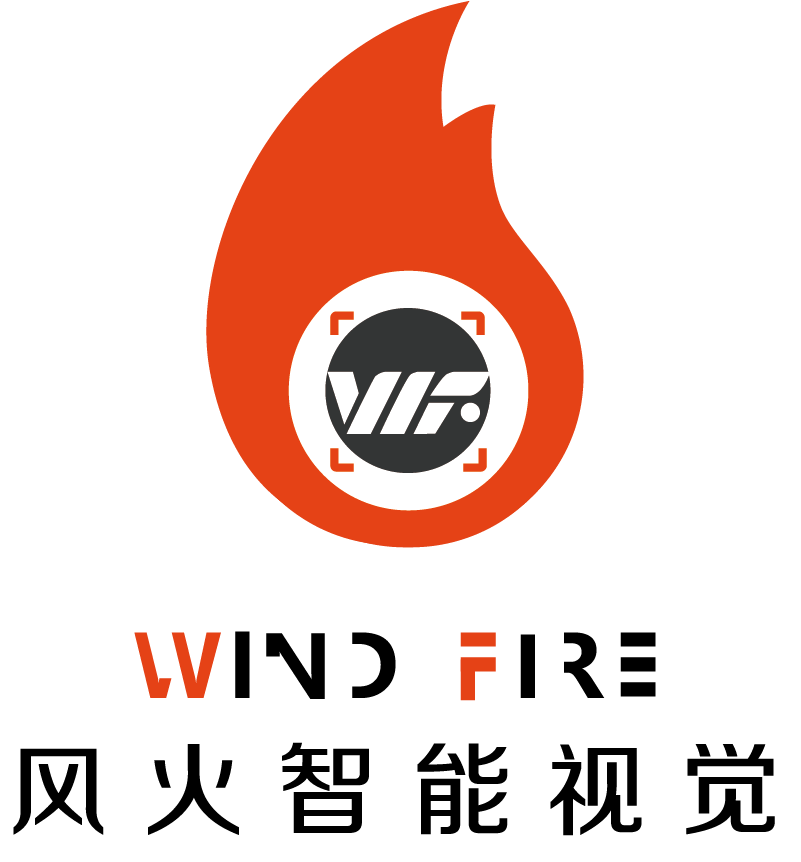Wireless protocols enable different devices to communicate over the air without wires or cables. You mentioned your wireless, your Bluetooth: imagine your phone talking to a speaker, so that it can play music without any more wires! Low power wireless protocols are a special kind of wireless technology that saves energy which means that they don’t use much power to work. Protocols of these types are becoming more prevalent in our day-to-day lives. They can be found in numerous devices from smart home devices to fitness trackers to medical equipment. In this tutorial, we will understand more about mesh network, how they works, and how important they are for us.
They differ from other forms of wireless communication in several key aspects. First, they consume far less energy than ordinary wireless protocols. It also means that devices that communicate with low power wireless protocols (like Zigbee) can live for years on a single battery. For instance, some devices last months or years without a new cell. This is extremely beneficial for devices that are challenging to access after installation, such as high-up sensors or sensors embedded in machines.
They deliver smaller packets on the wire at one go. Consider a little postcard instead of a giant package. This lets the device’s radio sleep more, which saves even more power. Finally ad hoc network are designed for shorter distance. This means they require lower power to transmit information, as they do not have to travel far. These features make low power wireless protocols ideal for a variety of applications, such as home automation and health monitoring.
Many benefits exist of low power wireless protocols. Key among those is their energy efficiency. They can do it for a very long time on a single battery, which is especially useful for devices that are hard to get to once they’re deployed. A long-lasting battery is such a good feature because think about where you will place a sensor, very high up in a tree or inside a wall, it would be difficult to go change the battery. These protocols can be used in locations with limited energy as well, such as remote locations or even inside the human body for bio-medical devices.
That said, there are also some trade offs associated with low power wireless protocols. The trade off is that due to their short range, devices have to be very close to one another if they are to communicate effectively. If the devices are too distant, they won’t be able to send any data at all. These protocols may not be appropriate for applications that need to transmit large amounts of data in a short period of time. To prevent this and to make sure a user's experience is not degraded, as an example your high definition videos or large files in need of being transferred with low power a wireless protocol would take quite a while leading users to possibly find it annoying.
Low power wireless technology is playing an ever more important role in our everyday lives. These are actually already utilized in many devices we use today. Low power wireless protocols will contribute to many areas and the manufactured wonders would be reduced to the Internet of Things (IoT). Since IoT devices are meant to interact and share data, they must communicate effectively and efficiently. Smart home devices such as thermostats, lights, and security cameras, can work together to help ensure our homes are safer and more energy efficient, for instance.
Low power wireless protocols are already widely used, and new implementations on these protocols will be developed going forward One promising space is in the healthcare space. Low power wireless protocols have been making their way into our healthcare devices, body monitors, heart rate monitors, temperature sensors etc. They can transmit critical information wirelessly to doctors, who can analyze the data to diagnose health problems and offer more effective treatment advice to patients.
The development of our products and supply chain are complete. As a professional manufacturer has the capability to be completely independent in production of its products. We can also custom design more flexible and more professional products that meet customer demands.
We have a great core R&D and communications team. We are an original designer manufacturer that can meet your varied requirements. Wind Fire offers customization solutions specifically tailored to each customer's specific requirements, and provide flexibility and versatility in product design.
We focus on wireless video and data transmission. We also offer Internet of Things, the foundation of technology research and development, strong collection of technical strengths. We also offer custom solutions that meet the requirements of our clients in order to increase their efficiency in production and decrease operating costs.
with over 15 years of experience in the industry with over 15 years of experience, we have earned a strong reputation for reliability and proficiency in the development of video codec. The company has already secured over 50 patents in software. It is renowned for its ingenuity and robust technology. Please feel free to ask questions.

Copyright © Wind Fire Intelligent Vision Technology (Dongguan) Co., Ltd. All Rights Reserved - Privacy Policy - Blog